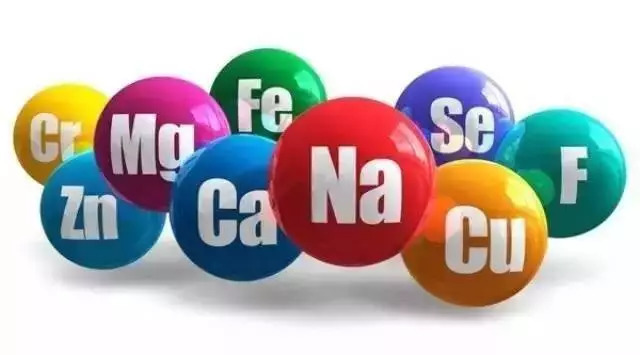




Microelements play an important role in the growth, development and metabolism of organisms, and they can also be used as the detection indicators of some diseases in human body. Mass spectrometry can be used to detect multi-element simultaneously, with high sensitivity, low detection limit, wide dynamic range and fast analysis speed. Among them, inductively coupled plasma mass spectrometry (ICP-MS) has become one of the most recommended detection methods for trace elements. At present, the professional committee of clinical mass spectrometry and laboratory medicine of the laboratory branch of Chinese Medical Doctor Association has issued a consensus on the application of mass spectrometry in the detection of trace elements. Let's take a look at this consensus.
What are microelements?
Microelements are divided by relative major elements (a large number of elements). There are very few minerals in human body, which are 0.01% lower than human body weight. They are called microelements, such as iron, silicon, zinc, copper, iodine, bromine, selenium, manganese, etc. Although the content of these microelements in the body is small, the role of these microelements in the process of life activities is very important.
The main manifestations of trace element deficiency
1. Calcium deficiency: convulsion, osteomalacia, rickets, etc
2. Iron deficiency: pale, weak, fidgety, hard to concentrate, poor memory and immune function
3. Zinc deficiency: decreased immunity; decreased taste, anorexia, decreased food intake; decreased memory and development
4. Lack of selenium: lack of selenium affects physical development and myopia; serious lack of selenium will lead to cardiovascular disease; too much selenium will have toxic effects on human body, such as hair loss, nail loss, fatigue, etc.

The importance of trace element detection:
Accurate detection of trace elements in human body is the premise and foundation of medical theoretical research and clinical application. Without accurate detection, there is no research and application.
Comparison of main detection methods of trace elements
1. The characteristics of biochemical method: the blood volume of sample is large, it needs pretreatment, the operation is complex, the detection is easy to be affected, which makes the data lack of objective accuracy, the cost of reagents is high, and the detection elements are limited;
2. Characteristics of electrochemical analysis: large error, poor repeatability in the determination of many elements, serious pollution to the environment and laboratory personnel, complex pretreatment and time-consuming;
3. Neutron activation method: it has high sensitivity and small sample quantity, but it can't do anything for elements that can't be activated by neutron;
4. Inductively coupled plasma mass spectrometry (ICP-MS):
High sensitivity, fast analysis speed, less interference, high precision and high throughput.
Inductively coupled plasma mass spectrometry detection system
In recent years, liquid chromatography tandem mass spectrometry (LC-MS) has developed rapidly in the field of medical examination with its characteristics of high flux, high specificity and high sensitivity. It has become an indispensable and important technology in clinical biochemical examination, clinical microbiological examination and immunoassay
Compared with the development level of foreign countries, the clinical application of liquid chromatography tandem mass spectrometry in China is still very limited, and many related parts need to be further improved, such as: the judgment standard of mass spectrometry detection data, the mastery of technical methods and personnel training, the establishment of quality control system, etc. Among them, methodology and quality management system are the key to test results and application. Under the guidance of the professional committee of clinical mass spectrometry and laboratory medicine of the laboratory branch of Chinese Medical Association, the mass spectrometry center of Beijing Maternity Hospital of Capital Medical University, together with the top domestic clinical mass spectrometry application experts, combined with the currently published mass spectrometry technical standards, relevant guidelines, literature and practical operation experience, formulated this consensus, focusing on the mass spectrometry technology in clinical trace elements The requirements for personnel, environment, instruments, reagents, consumables, testing procedures, method performance evaluation and quality control in the application of detection provide basic guidance for clinical laboratories to use mass spectrometry technology to carry out trace element detection. The consensus was published in the Journal of laboratory medicine, Vol. 34, No. 8, August 2019.
Yingsheng biology: one stop solution for full spectrum mineral precise detection
Ying Sheng ys ext 8600 MD inductively coupled plasma mass spectrometry detection system integrates the features of full-automatic, high-throughput, portable, easy maintenance, etc. it can screen more than 30 substances (including 13 essential trace elements, 7 essential macro elements and 8 potentially toxic micro elements) at one time, and can provide a one-stop solution for clinical accurate detection of full spectrum minerals. With strong anti-interference ability and intuitive and clear operation process, it not only ensures the accuracy of the test results, improves the test efficiency, but also greatly improves the test ability of the laboratory.